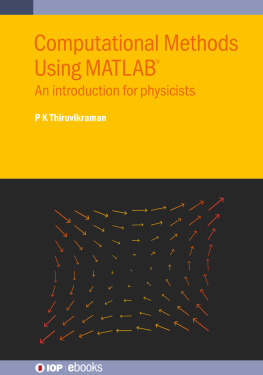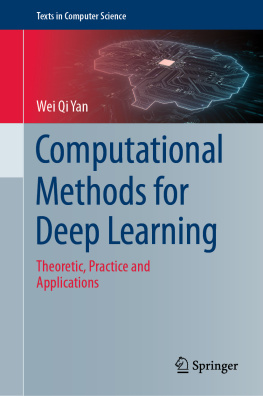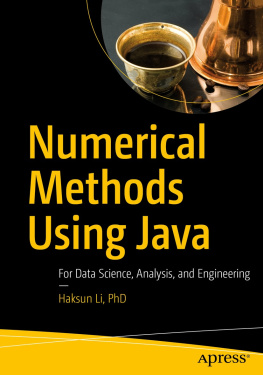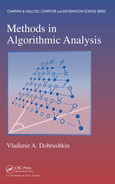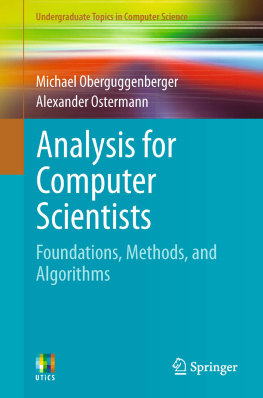Anne Greenbaum - Numerical Methods: Design, Analysis, and Computer Implementation of Algorithms
Here you can read online Anne Greenbaum - Numerical Methods: Design, Analysis, and Computer Implementation of Algorithms full text of the book (entire story) in english for free. Download pdf and epub, get meaning, cover and reviews about this ebook. year: 2012, publisher: Princeton University Press, genre: Science. Description of the work, (preface) as well as reviews are available. Best literature library LitArk.com created for fans of good reading and offers a wide selection of genres:
Romance novel
Science fiction
Adventure
Detective
Science
History
Home and family
Prose
Art
Politics
Computer
Non-fiction
Religion
Business
Children
Humor
Choose a favorite category and find really read worthwhile books. Enjoy immersion in the world of imagination, feel the emotions of the characters or learn something new for yourself, make an fascinating discovery.

- Book:Numerical Methods: Design, Analysis, and Computer Implementation of Algorithms
- Author:
- Publisher:Princeton University Press
- Genre:
- Year:2012
- Rating:4 / 5
- Favourites:Add to favourites
- Your mark:
Numerical Methods: Design, Analysis, and Computer Implementation of Algorithms: summary, description and annotation
We offer to read an annotation, description, summary or preface (depends on what the author of the book "Numerical Methods: Design, Analysis, and Computer Implementation of Algorithms" wrote himself). If you haven't found the necessary information about the book — write in the comments, we will try to find it.
Numerical Methods provides a clear and concise exploration of standard numerical analysis topics, as well as nontraditional ones, including mathematical modeling, Monte Carlo methods, Markov chains, and fractals. Filled with appealing examples that will motivate students, the textbook considers modern application areas, such as information retrieval and animation, and classical topics from physics and engineering. Exercises use MATLAB and promote understanding of computational results.
The book gives instructors the flexibility to emphasize different aspects--design, analysis, or computer implementation--of numerical algorithms, depending on the background and interests of students. Designed for upper-division undergraduates in mathematics or computer science classes, the textbook assumes that students have prior knowledge of linear algebra and calculus, although these topics are reviewed in the text. Short discussions of the history of numerical methods are interspersed throughout the chapters. The book also includes polynomial interpolation at Chebyshev points, use of the MATLAB package Chebfun, and a section on the fast Fourier transform. Supplementary materials are available online.
- Clear and concise exposition of standard numerical analysis topics
- Explores nontraditional topics, such as mathematical modeling and Monte Carlo methods
- Covers modern applications, including information retrieval and animation, and classical applications from physics and engineering
- Promotes understanding of computational results through MATLAB exercises
- Provides flexibility so instructors can emphasize mathematical or applied/computational aspects of numerical methods or a combination
- Includes recent results on polynomial interpolation at Chebyshev points and use of the MATLAB package Chebfun
- Short discussions of the history of numerical methods interspersed throughout
- Supplementary materials available online
Anne Greenbaum: author's other books
Who wrote Numerical Methods: Design, Analysis, and Computer Implementation of Algorithms? Find out the surname, the name of the author of the book and a list of all author's works by series.

